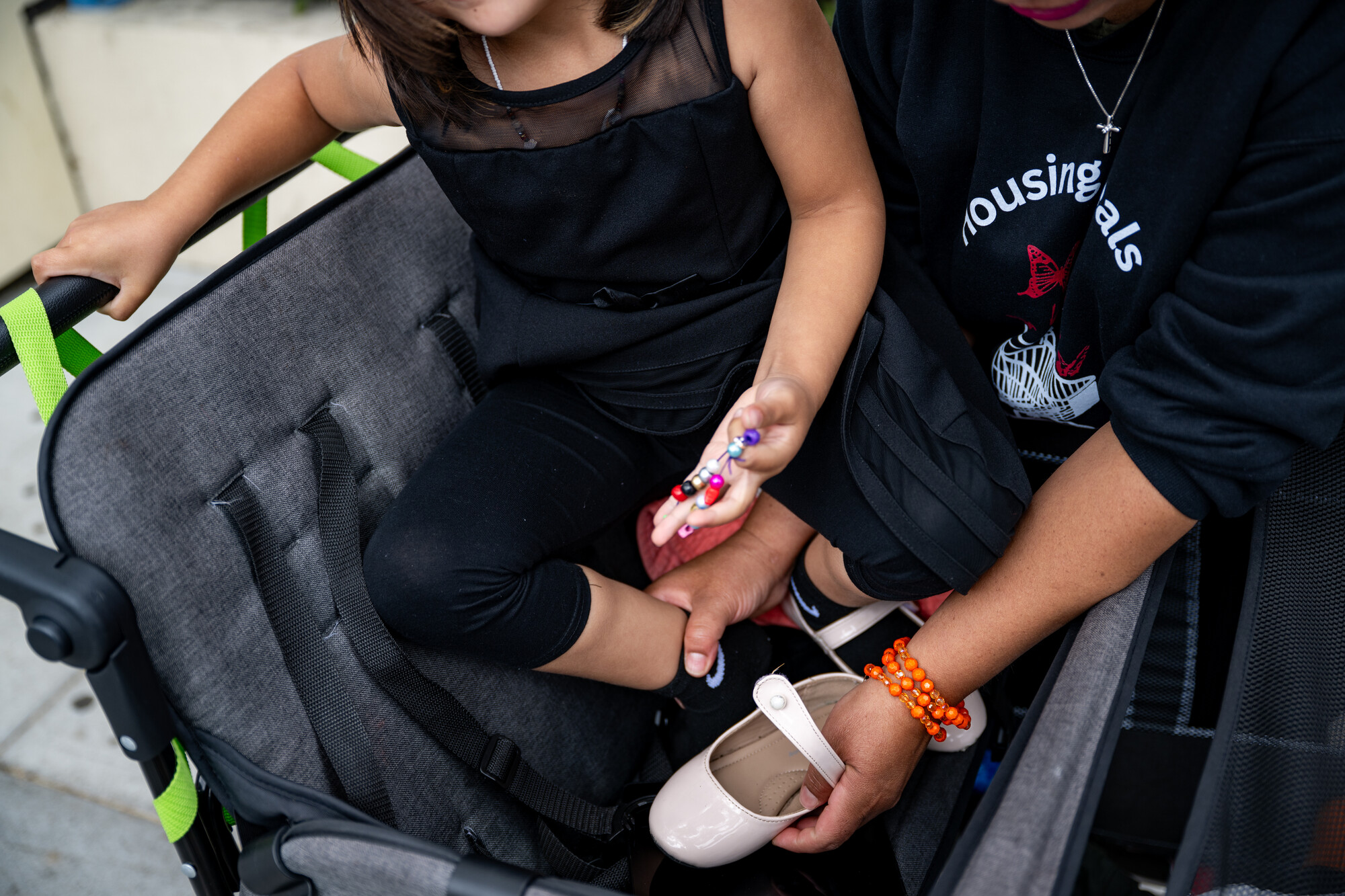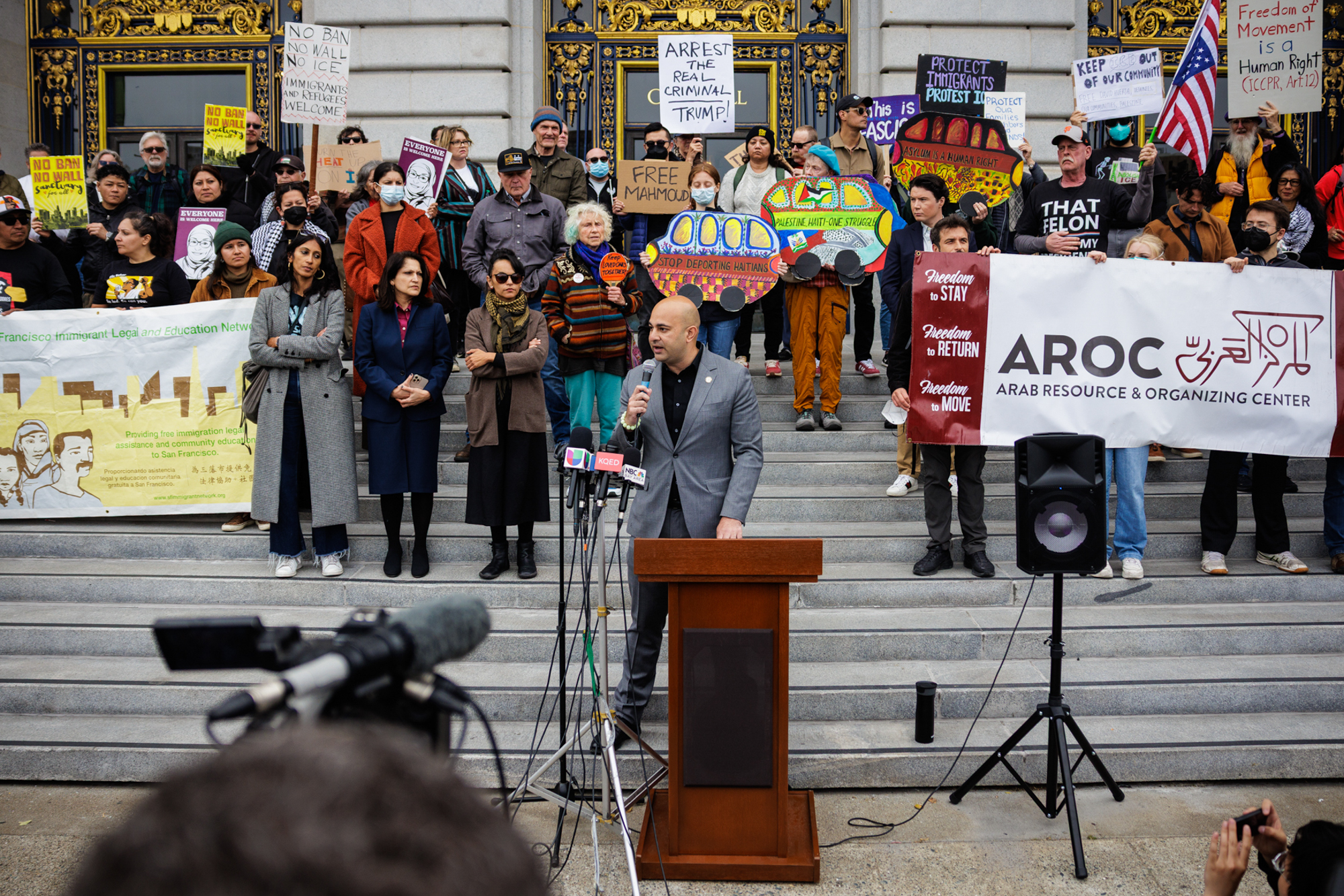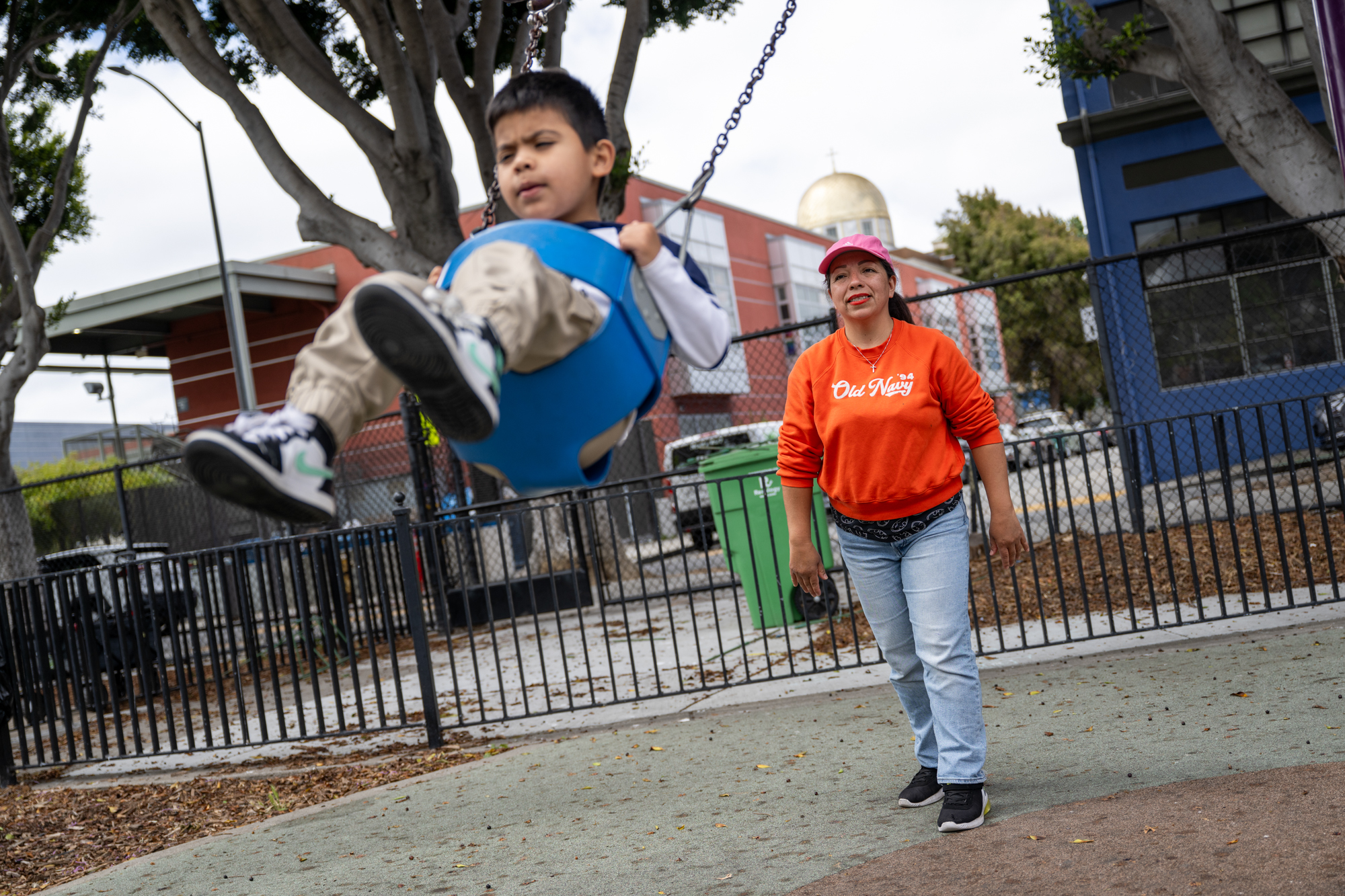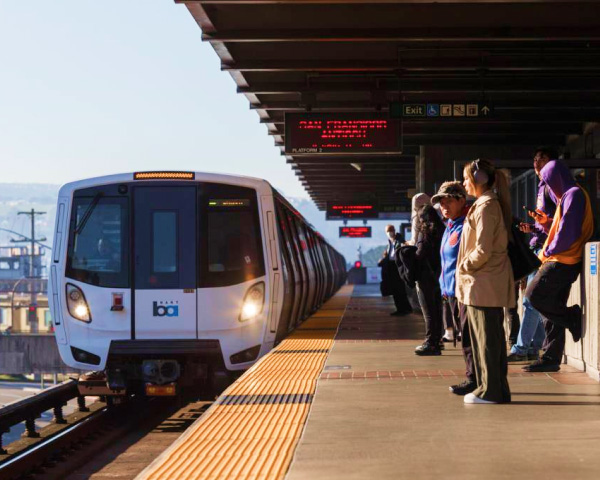San Francisco is one step closer to establishing a city-wide standard for opening homeless shelters after city leaders this week voted on legislation that would spread out shelters more equitably.
The One City Shelter Act, authored by Supervisor Bilal Mahmood, is part of a broader effort to address the shortage of shelter for its homeless population, and address concerns of Tenderloin and South of Market residents who say their neighborhoods already house more than their fair share.
Seventy-five percent of the city’s shelters and housing beds are situated in eight neighborhoods, according to city data.



